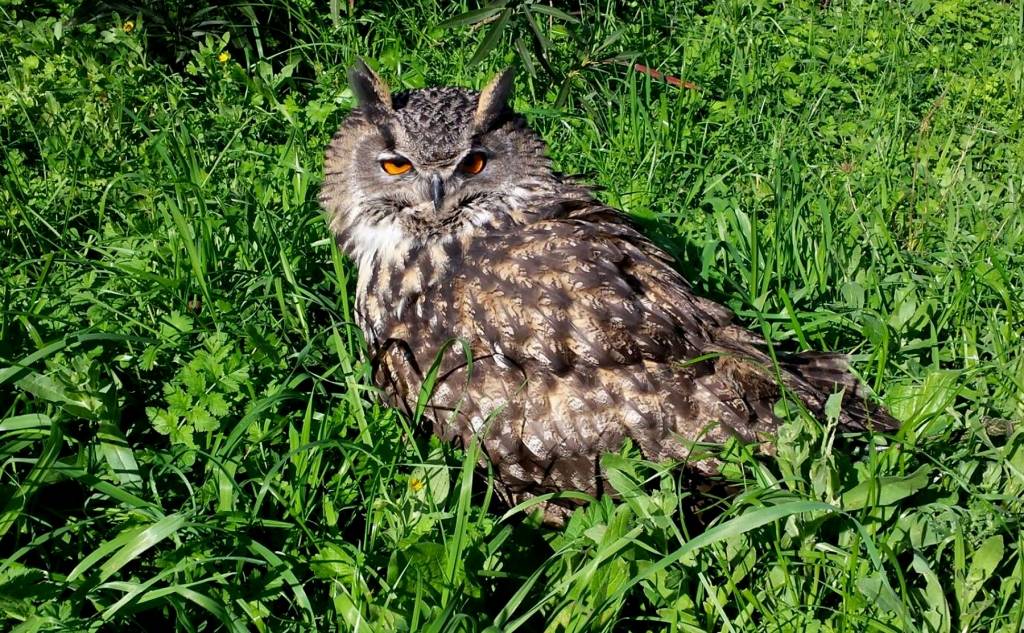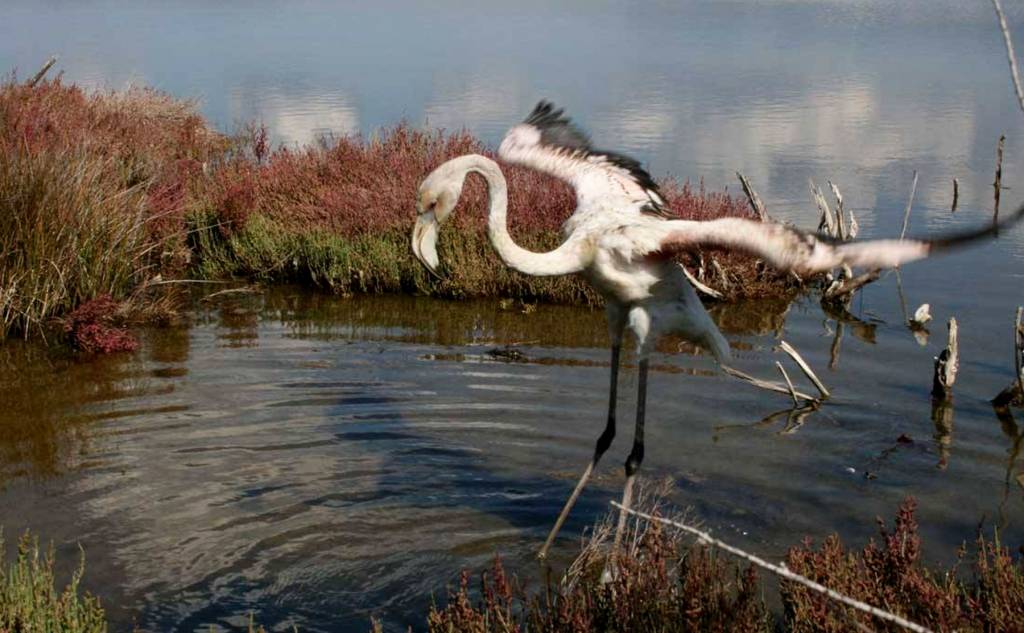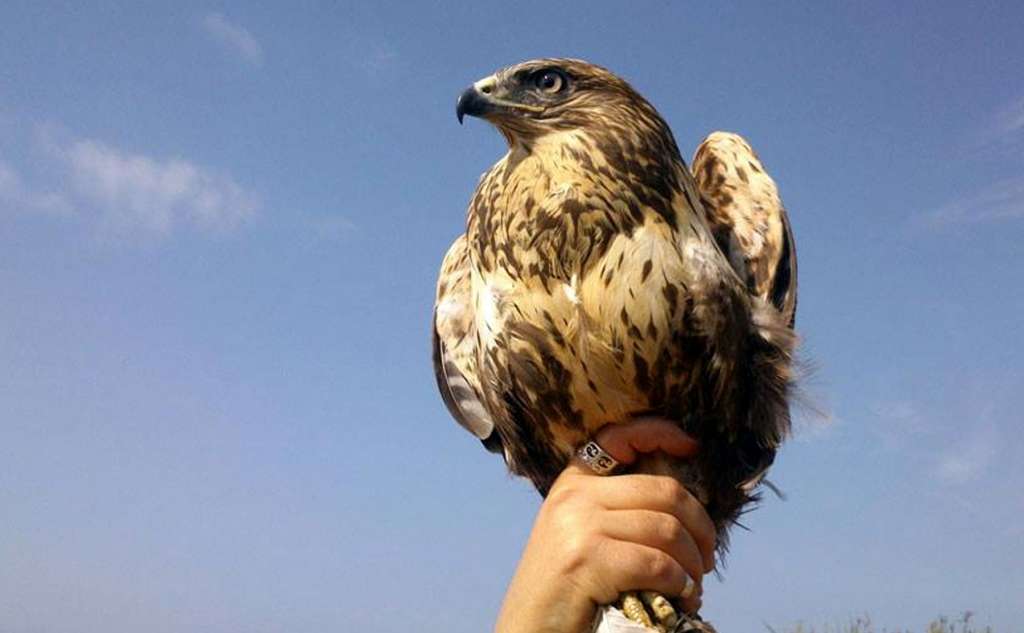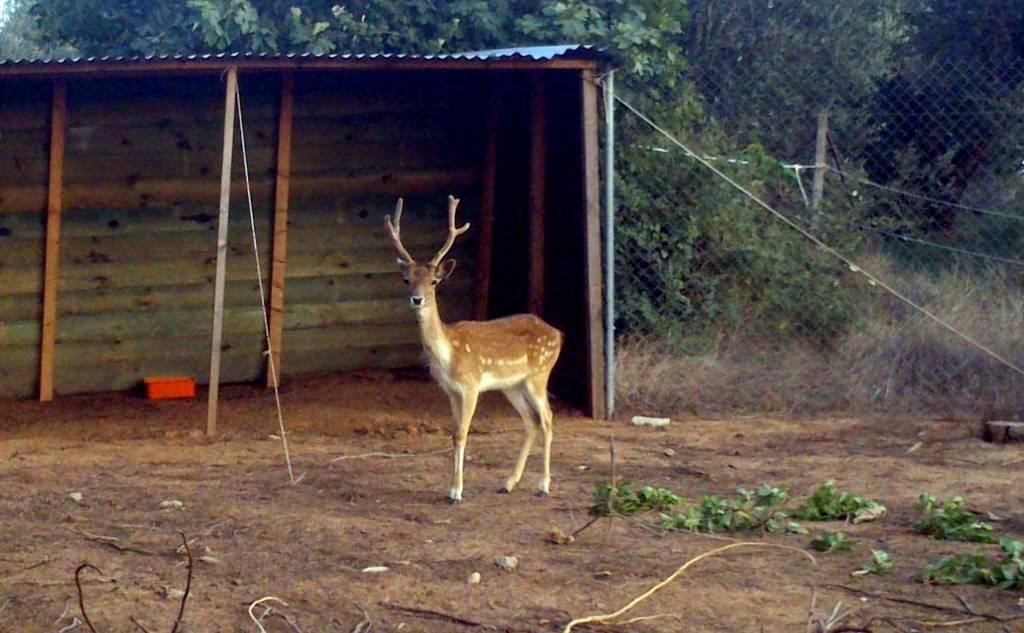Wildlife Care & Protection Center
The Wildlife Conservation and Care Centre began its action in December 2014, with its base in Pyrgos, in the Triffylia area, in Messinia.
It is active in the care of wild animals mainly from all Peloponnese and it is the only autonomous and self-supported organization, for this purpose, in the Peloponnese region.
- Every year, it shelters up to 600 cases of wild animals primarily birds, but also mammals and reptiles (mainly land turtles). It has treated a number of extremely rare species both in global and local terms (for example the Stork, a globally known species has disappeared from the Peloponnese since the 1990s). Some rare and endangered species that are worth mentioning are: Many different species of eagles like Mavropetritis, Kirkinessi, Mavrokirkinezo, White Owl, Gull, Euthyros, White Stork, African Chameleon, Jackal, Badger and many others.
-It has a reintegration rate of 62-66% that practically means that in10 cases it receives, about 6 of them will return back to nature.
-The cases remain for hospitalization from a few days to two years in some cases, depending on the needs, but the average stay at the Centre is 6 months. The 120 wild animals that are permanently housed in its premises should be added to the number.
- The Wildlife Conservation and Care Centre is located in an isolated area surrounded by organic farming about 1 kilometer outside the vilage of Pyrgos in Trifylia, near the Wildlife Refuge, providing the unique advantage to the wild species that it cares for, to have daily contact with other free birds or animals of their species and to observe their behavior, which is very important in the rehabilitation process, while it puts those in need into the gradual reintegration programme, enabling them to leave at the appropriate time, when they feel completely ready and able to live alone.
It is also within half an hour distance from Divari or else the Gialova lagoon, the most important habitat of southern Greece, the southernmost immigration station of Europe for birds travelling to and from Africa.
In the relatively small area of the lagoon, 271 bird species have been recorded (as many as in the much larger area of the National Park, which ncludes the delta and the estuary complex of the French, Axios, Loudias and Aliakmonas rivers). This shows the quality characteristics of the habitat and how important it is to protect it. From the wider area it has received some of its rarest patients and it is also an ideal release site for many species, predominantly birds.
The Wildlife Conservation and Care Centre accepts guests throughout the year as long as you have communicated with them to arrange your appointment.








